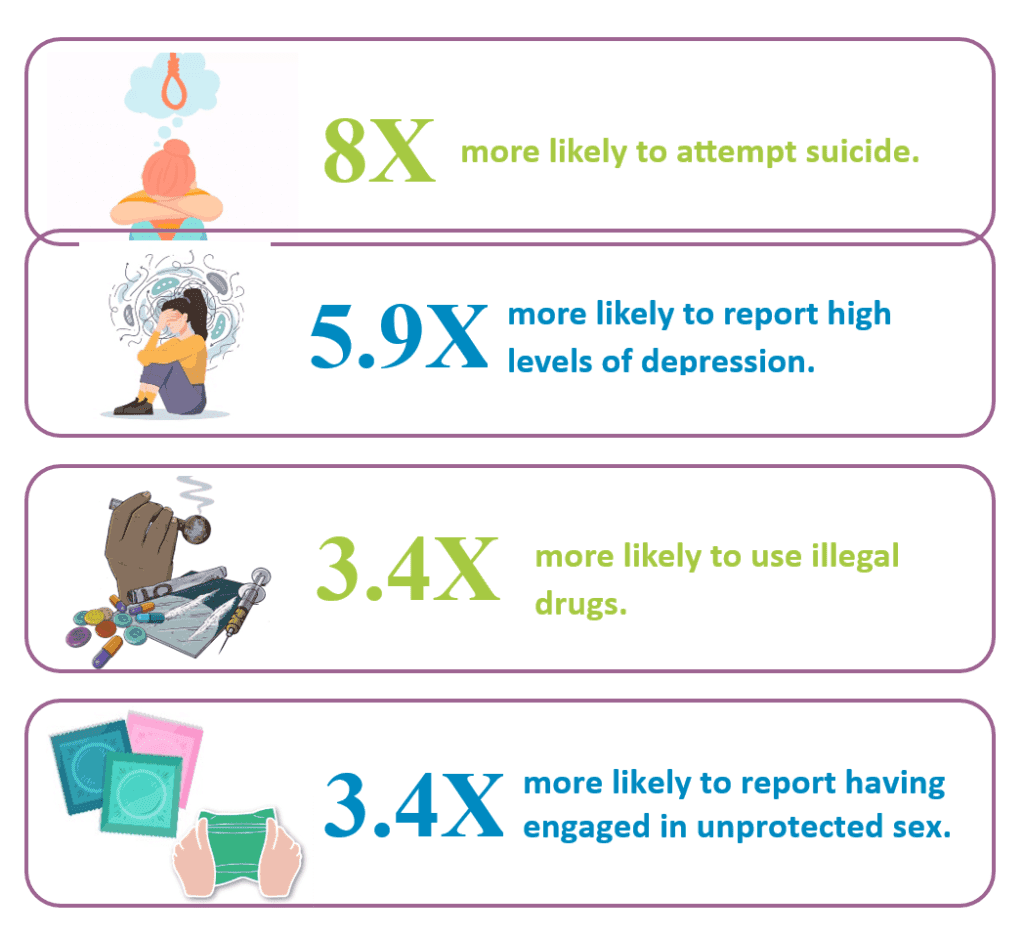[et_pb_section fb_built=”1″ _builder_version=”4.19.2″ _module_preset=”default” global_colors_info=”{}” theme_builder_area=”post_content”][/et_pb_section][et_pb_section fb_built=”1″ _builder_version=”4.16″ custom_margin=”0px||0px||false|false” custom_padding=”0px||0px||false|false” global_colors_info=”{}” theme_builder_area=”post_content”][et_pb_row column_structure=”3_4,1_4″ use_custom_gutter=”on” _builder_version=”4.16″ _module_preset=”default” width=”100%” custom_margin=”0px||||false|false” custom_padding=”0px||0px||false|false” border_width_bottom=”1px” border_color_bottom=”#a6c942″ global_colors_info=”{}” theme_builder_area=”post_content”][et_pb_column type=”3_4″ _builder_version=”4.16″ _module_preset=”default” global_colors_info=”{}” theme_builder_area=”post_content”][et_pb_post_title meta=”off” featured_image=”off” _builder_version=”4.16″ _module_preset=”default” title_font=”||||||||” custom_margin=”||3px|||” border_color_bottom=”#a6c942″ global_colors_info=”{}” theme_builder_area=”post_content”][/et_pb_post_title][/et_pb_column][et_pb_column type=”1_4″ _builder_version=”4.16″ _module_preset=”default” global_colors_info=”{}” theme_builder_area=”post_content”][et_pb_image src=”https://edmontonsocialplanning.ca/wp-content/uploads/2020/12/COLOUR-BLOCKS_spaced-300×51.png” title_text=”COLOUR BLOCKS_spaced” align=”center” _builder_version=”4.7.7″ _module_preset=”default” max_width=”100%” max_height=”75px” custom_margin=”0px|0px|0px|0px|false|false” custom_padding=”10px|0px|20px|0px|false|false” global_module=”96648″ global_colors_info=”{}” theme_builder_area=”post_content”][/et_pb_image][/et_pb_column][/et_pb_row][et_pb_row column_structure=”3_4,1_4″ use_custom_gutter=”on” make_equal=”on” _builder_version=”4.16″ background_size=”initial” background_position=”top_left” background_repeat=”repeat” width=”100%” custom_margin=”0px|auto|0px|auto|false|false” custom_padding=”30px|0px|0px|0px|false|false” global_colors_info=”{}” theme_builder_area=”post_content”][et_pb_column type=”3_4″ _builder_version=”4.16″ custom_padding=”0px|0px|0px|0px|false|false” global_colors_info=”{}” custom_padding__hover=”|||” theme_builder_area=”post_content”][et_pb_text _builder_version=”4.16″ _dynamic_attributes=”content” _module_preset=”default” text_font=”|600|||||||” text_text_color=”#2b303a” custom_padding=”||32px|||” global_colors_info=”{}” theme_builder_area=”post_content”]@ET-DC@eyJkeW5hbWljIjp0cnVlLCJjb250ZW50IjoicG9zdF9kYXRlIiwic2V0dGluZ3MiOnsiYmVmb3JlIjoiIiwiYWZ0ZXIiOiIiLCJkYXRlX2Zvcm1hdCI6ImRlZmF1bHQiLCJjdXN0b21fZGF0ZV9mb3JtYXQiOiIifX0=@[/et_pb_text][et_pb_text _builder_version=”4.24.0″ text_text_color=”#2b303a” text_line_height=”1.6em” header_2_font=”||||||||” header_2_text_color=”#008ac1″ header_2_font_size=”24px” background_size=”initial” background_position=”top_left” background_repeat=”repeat” text_orientation=”justified” width=”100%” module_alignment=”left” custom_margin=”0px|0px|0px|0px|false|false” custom_padding=”25px||||false|false” hover_enabled=”0″ locked=”off” global_colors_info=”{}” theme_builder_area=”post_content” sticky_enabled=”0″]
Written by Susanne Urbina, Capacity Support Assistant
If you’re not familiar with this gambling idiom, it refers to “leveraging a situation to your best possible advantage to increase the likelihood of a positive result” (Translation Royal, 2020).
If we play our cards right by recruiting enthusiastic, passionate volunteers to work at our upcoming casino, we will raise the much-needed funds to continue the good work Edmonton Social Planning Council (ESPC) does for our community.
Operating a casino to fundraise is known as charitable gaming. Charity gambling is a “form of incentivized giving” where a charity (or a group of charities), rather than a municipality or private casino, oversees gambling activities such as bingo, roulette, lottery, and slot machine then uses a portion of the proceeds to further its charitable aim. In Alberta, Alberta Gaming, Liquor and Cannabis (AGLC) also includes bingo, raffles, pull tickets and casinos in its gaming activities.
Thousands of charities in Alberta have earned nearly $7 billion through charity gambling since 1995. Even through the COVID-19 pandemic from 2020 to 2021, $137.2 million was earned by charitable organizations. The revenues from gaming benefit everybody in Alberta by supporting programs such as healthcare, education, community development and youth programs (AGLC, 2024).
Being a volunteer may not consume a lot of your time, especially when some organizations offer one-time or episodic activities, during specific times or events.
Our fundraising casino takes place on June 3rd and June 4th, 2024. We need volunteers for shifts that range throughout the day, evening, night and into the early morning hours. This is a great one-off opportunity where you may discover you want to investigate volunteering further.
Individuals returning to the work force and newcomers are encouraged to volunteer to add the experience to their resumes as volunteering can give you valuable skills and experiences for professional growth. In addition to having fun and meeting people, it improves your mental and physical health and by bringing people together, volunteering builds trust, increases social inclusion, as well as enhances understanding within diverse populations (Government of Alberta, 2020).
Play your cards right and volunteer for our casino. The likelihood of a positive result is a sure bet as you will meet friends, have fun, and contribute to our organization’s overall success.
References
AGLC (2024). aglc.ca/gaming/charitablegaming
Government of Alberta (2020), as cited by Amethyst Zapisocky (2023). edmontonsocialplanning.ca/2023/12/01/international-volunteer-day-2023-celebrating-how- volunteers-uplift-our-lives-and-communities/
Government of Alberta (2020), as cited by Amethyst Zapisocky (2023).
The Government of Alberta. (2020). Profiling volunteerism: An Alberta nonprofit/voluntary sector initiative discussion paper of the value and contribution of Alberta volunteers. https://open.alberta.ca/dataset/ab4480ca-ece9-4e1d-93e1- 6607ceec1ade/resource/cc32c020-dee5-48db-bd7b-6617e42f334a/download/cmsw- profiling-volunteerism-alberta-nonprofit-voluntary-sector-initiative-discussion-paper- 2020.pdf
Translation Royal (2020). translationroyal.com
[/et_pb_text][dmpro_button_grid _builder_version=”4.18.0″ _module_preset=”default” global_colors_info=”{}” theme_builder_area=”post_content”][/dmpro_button_grid][dmpro_image_hotspot _builder_version=”4.17.4″ _module_preset=”default” global_colors_info=”{}” theme_builder_area=”post_content”][/dmpro_image_hotspot][/et_pb_column][et_pb_column type=”1_4″ _builder_version=”4.16″ custom_padding=”0px|20px|0px|20px|false|false” border_color_left=”#a6c942″ global_colors_info=”{}” custom_padding__hover=”|||” theme_builder_area=”post_content”][et_pb_testimonial author=”Posted by:” job_title=”@ET-DC@eyJkeW5hbWljIjp0cnVlLCJjb250ZW50IjoicG9zdF9hdXRob3IiLCJzZXR0aW5ncyI6eyJiZWZvcmUiOiIiLCJhZnRlciI6IiIsIm5hbWVfZm9ybWF0IjoiZGlzcGxheV9uYW1lIiwibGluayI6Im9uIiwibGlua19kZXN0aW5hdGlvbiI6ImF1dGhvcl93ZWJzaXRlIn19@” portrait_url=”@ET-DC@eyJkeW5hbWljIjp0cnVlLCJjb250ZW50IjoicG9zdF9hdXRob3JfcHJvZmlsZV9waWN0dXJlIiwic2V0dGluZ3MiOnt9fQ==@” quote_icon=”off” portrait_width=”125px” portrait_height=”125px” disabled_on=”on|off|off” _builder_version=”4.16″ _dynamic_attributes=”job_title,portrait_url” _module_preset=”default” body_text_color=”#000000″ author_font=”||||||||” author_text_align=”center” author_text_color=”#008ac1″ position_font=”||||||||” position_text_color=”#000000″ company_text_color=”#000000″ background_color=”#ffffff” text_orientation=”center” module_alignment=”center” custom_margin=”0px|0px|4px|0px|false|false” custom_padding=”32px|0px|0px|0px|false|false” global_colors_info=”{}” theme_builder_area=”post_content”][/et_pb_testimonial][et_pb_text disabled_on=”on|off|off” _builder_version=”4.16″ _dynamic_attributes=”content” _module_preset=”default” text_text_color=”#000000″ header_text_align=”left” header_text_color=”rgba(0,0,0,0.65)” header_font_size=”20px” text_orientation=”center” custom_margin=”||50px|||” custom_padding=”48px|||||” global_colors_info=”{}” theme_builder_area=”post_content”]@ET-DC@eyJkeW5hbWljIjp0cnVlLCJjb250ZW50IjoicG9zdF9jYXRlZ29yaWVzIiwic2V0dGluZ3MiOnsiYmVmb3JlIjoiUmVsYXRlZCBjYXRlZ29yaWVzOiAgIiwiYWZ0ZXIiOiIiLCJsaW5rX3RvX3Rlcm1fcGFnZSI6Im9uIiwic2VwYXJhdG9yIjoiIHwgIiwiY2F0ZWdvcnlfdHlwZSI6ImNhdGVnb3J5In19@[/et_pb_text][/et_pb_column][/et_pb_row][/et_pb_section]

